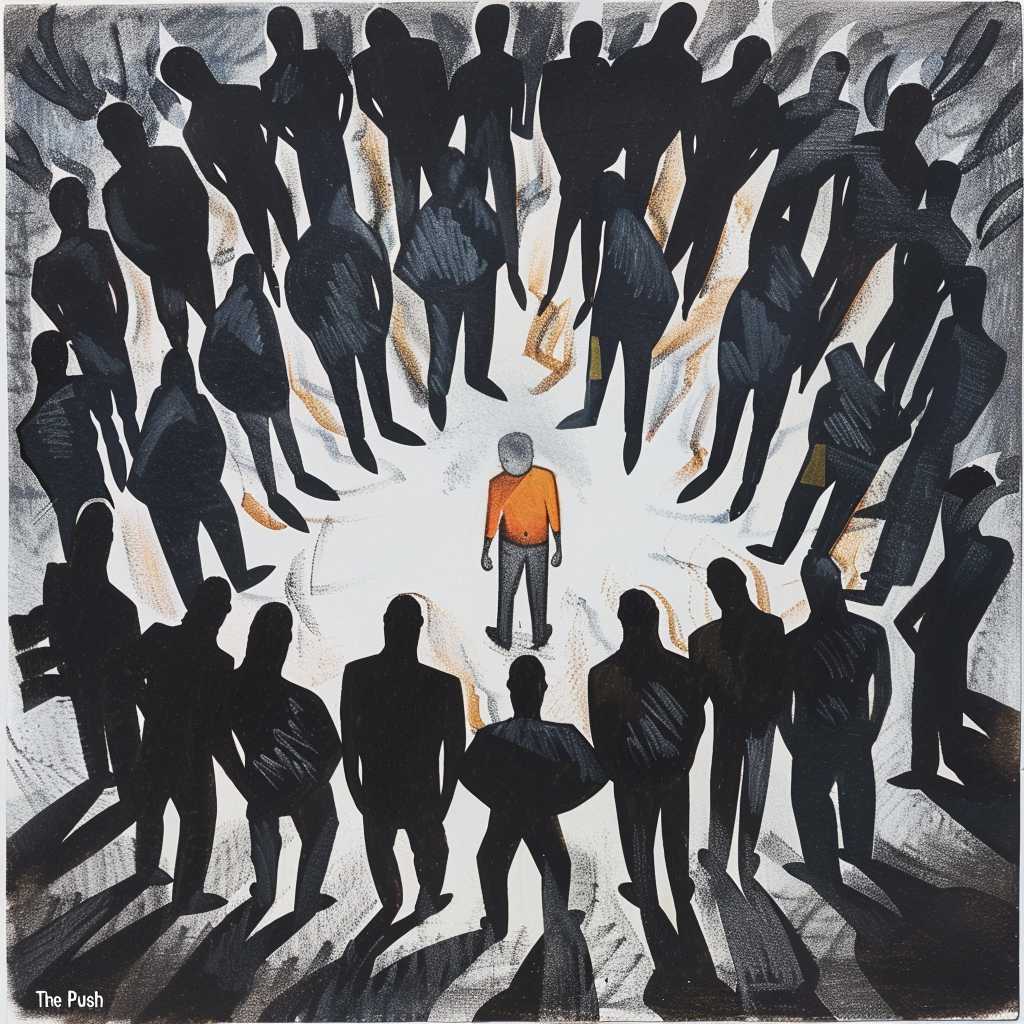The Push Explained: A Social Experiment Taking Human Psyche to the Edge
The desire to understand the dynamics of persuasion and social influence has been a central theme in psychological research for quite some time. One of the most extreme and ethically contentious studies conducted in this vein is Derren Brown’s “The Push” (officially titled “Pushed to the Edge”). This televised social experiment, which aired in 2016 on Channel 4 in the UK, attempted to investigate just how far individuals would go when subjected to the powers of social influence and authority pressure. This article delves into the experiment’s premise, methodology, findings, and the implications it bears for our understanding of human behavior.
Understanding Social Psychology Through The Push
Human behavior under social influences has been scrutinized since the dawn of psychology as a scientific discipline. Classic studies like the Milgram Experiment on obedience to authority figures and Zimbardo’s Stanford Prison Experiment helped expose how ordinary people can engage in extraordinary acts when placed under certain pressures. “The Push” is a modern iteration exploring similar themes.
Breaking Down The Experiment
At the core of “The Push” is one unsuspecting participant: Chris. Over several months, layers of sophisticated planning cohered into an elaborate narrative that would put Chris at a fictitious charity auction full of hired actors performing scripted scenarios around him.
Engagement of Social Norms and Obedience
Social cues and the roles that Chris was pushed into persuaded him progressively down a slippery slope of compliance that ended in a staged life-or-death decision: whether or not to push a man off a building. The setup puttered ethically questionable directions as boundary after boundary was eclipsed—painstakingly showcasing how contexts could bend personal morality.
Methodology Critique and Ethical Debate
Substantial critique followed “The Push” concerning its methods. Critics raised concerns both about traumatising someone (however willingly) for entertainment and ethically questionable manipulation parameters. This form of distressing psychological entertainment crystallized into a cautionary tale about pop-culture consumption.
Findings: An Insight into Compliance and Authority Influence
“The Push” didn’t yield formal scientific data, given its format and objective. Nevertheless, it left audiences questioning their own susceptibility to social pressures.
Could It Happen to Anyone? The Sociology Behind The Push
One central message from “The Push” resonates loudly: under specific conditions, almost anyone might be susceptible to actions against their ethical stances due to layered social pressures. This reflection has both alarmed and enlightened those who ponder their own potential for manipulated actions.
Reflections From Psychology Professionals
Psychology experts have stressed caution regarding such experiments’ interpretation but admitted they provided a raw look at social psychology dynamics at play. It’s a call to remember the power inherent in social structures and authority figures.
A Deep Dive into Human Psyche: The Power of Situational Forces
Brown’s experiment visualized an often understated truth: human beings are malleable and substantially influenced by situational forces. Our autonomy can be profoundly usurped by contextual elements designed explicitly to channel certain behaviors.
